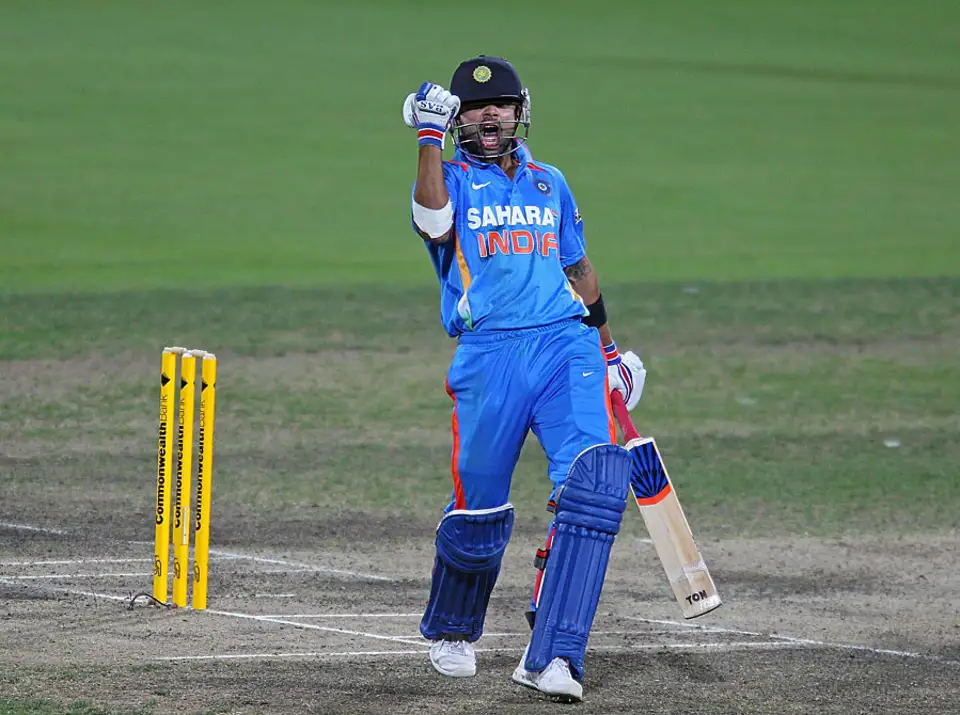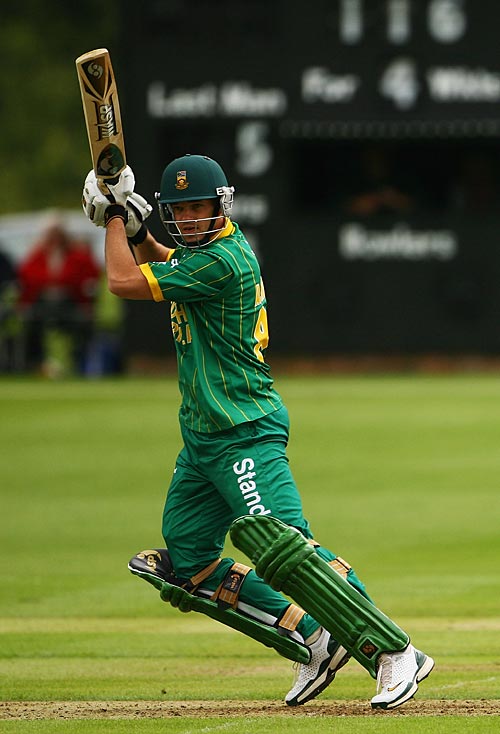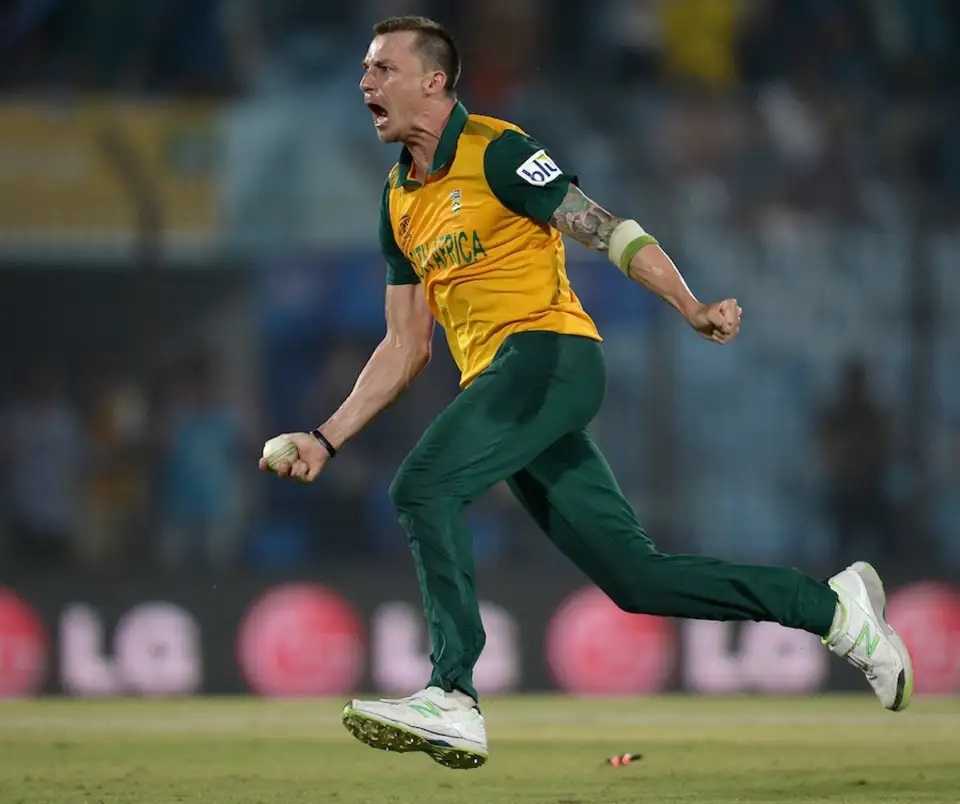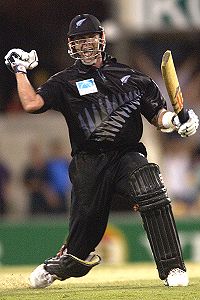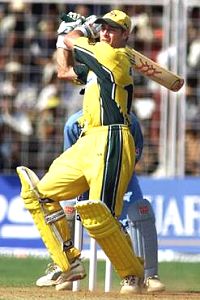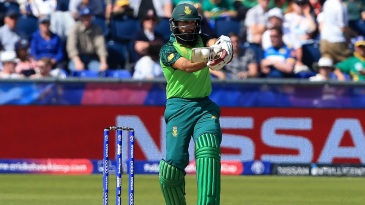Players
Players
Virat Kohli at Hobart – Commonwealth Bank Series 2012
Image Courtesy @ Getty Images I really wanted to write about a memorable knock of Virat Kohli. And various knocks had passed through my mind. But due to some reason or other I could not write as I was busy with some other stuffs like music, travelling, cars, trains etc. Finally when I selected …
Albie Morkel at MCG, 2009, South Africa tour of Australia
Image courtesy © Getty Images This match is one of my favourite chases by a visiting team in Australia, and also against Australia. I could see an emerging Albie Morkel who was touted as the next Lance Klusener of South Africa. South Africa had a nail-biting victory. And the commentary of Bill Lawry …
Dale Steyn, 2014 ICC T20 World Cup
Image courtesy © Getty Images I am sure most people agree that bowling in T20 matches is a challenge. So definitely bowling against a very strong batting line-up in a batting friendly sub-continent track during death overs is a really difficult task. Out of the so many remarkable performances by Dale Steyn, I …
Chris Cairns, VB Series Australia, 2002
Image courtesy © Getty Images I have always been a fan of New Zealand cricket team. And that started ever since I started watching cricket. Over a period of time since the earliest days of my interest in New Zealand cricket team, I came to know about many more players of the Kiwis from …
Bevo
Image Courtesy © Getty Images Batting average is something cricket viewers have been pondering whenever they watch or talk about cricket. An average in excess of fifty is considered really good in test cricket and for one day internationals anything in excess of forty is good. But an average which is very high make …
When Hashim Amla bid adieu
Image Courtesy © Getty Images If there are cricketers without being power hitters that I had watched and being amazed, then the first person on that list will be Hashim Amla. Amla made batting look very simple with his elegant stroke play. His deft touches and placement were exclusive. Eventhough I remember most matches played …


